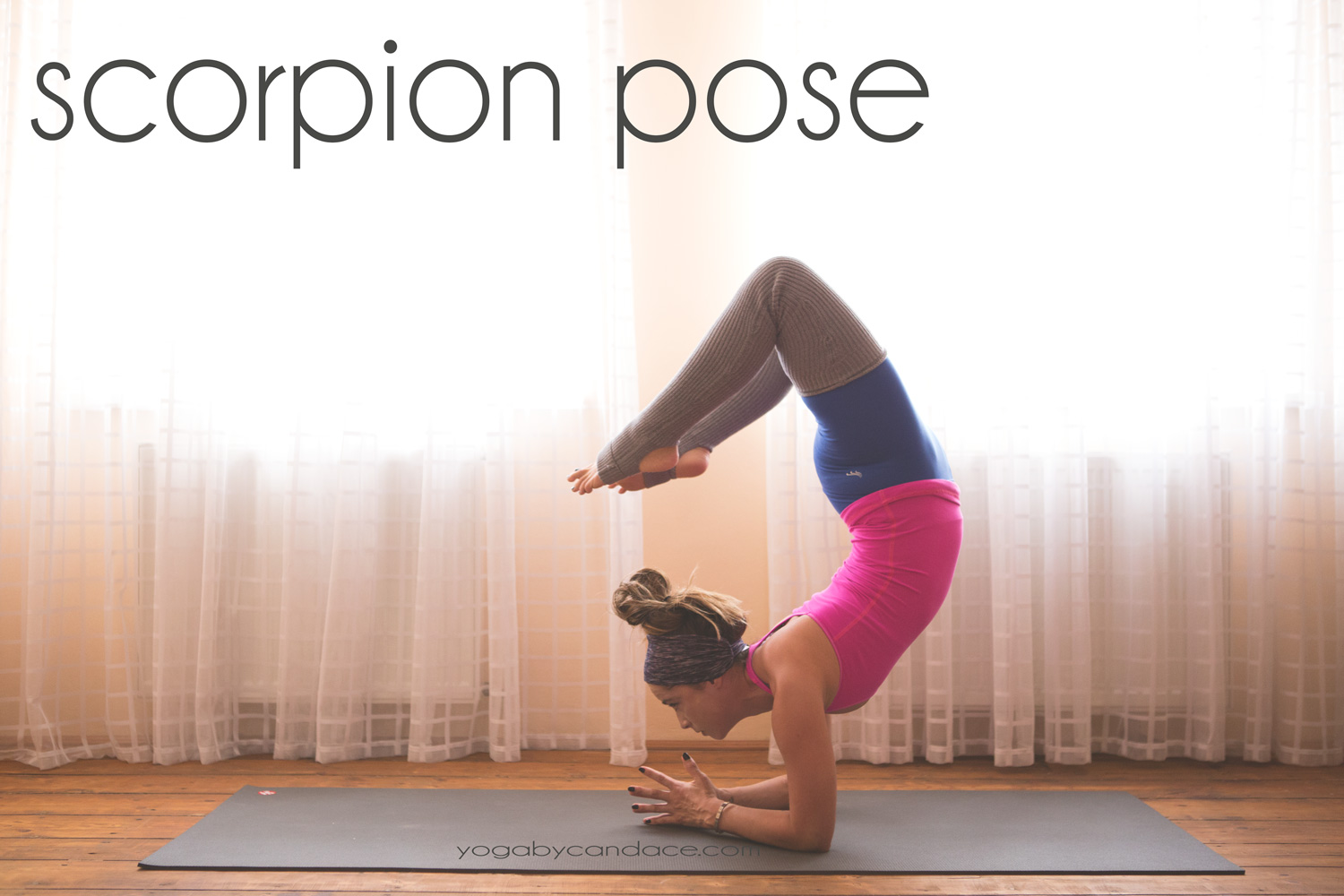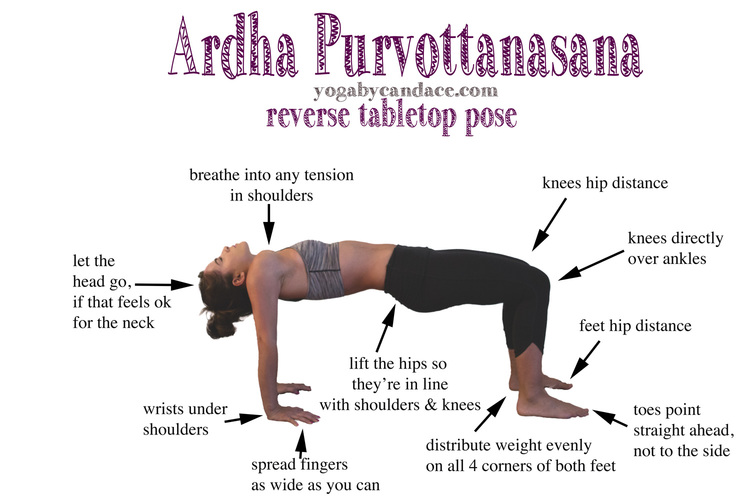UPCOMING EVENTS Costa Rica yoga & surf retreat Nov 6 - 11, Glow in the dark yoga class, Nov 19, Jax Bch, FL.
Got a yoga question? The YBC Yoga Forum is the best place to ask. I'll pick a few and answer them each week here. Have an alternate answer for one of the questions here? Leave it below in the comments!
Question 1: I need your advice! I'm leading my first yoga class in a few weeks, and I'm both scared and excited!! I will have 8-10 beginner students, and, since I actually haven't completed my training yet, I'm a bit worried. What are the things you would have appreciated being told before your first class? Thank you so much - peace
Answer 1: Aw, you'll be okay! Here are some things I would've appreciated being told before my first class:
-Plan a longer sequence than you think you need. Time flies when you're nervous.
-Don't rush. Along the same lines, force yourself to keep the students in the pose a breath or two more than you want to so you don't find yourself rushing through the sequence.
-It's ok to be quiet. You don't have to talk every second of the class.
-Invite feedback. At the end of class, let them know you appreciate their feedback as you're new and eager to learn what they love and where you can improve.
-Learn some names. Before the class starts, learn a few names if you can. Then, during class, offer assists or praise using their name. It means the world to people when you remember their names.
-Tell them when you'll be teaching next. At the end of the class, let them know when they can practice with you again. Building a following is great because you'll grow as an instructor, make more connections, and open more opportunities.
-Have fun. At the end of the day, you likely chose to teach yoga because you love yoga. Share the joy that yoga brings to you and you'll never go wrong.
Related 13 pieces of advice for new or prospective yoga teachers.
Pin it and ask your questions on the Yoga Forum!
Wearing: Sweaty Betty legwarmers, lululemon top (similar at better price point), pink sun activewear leggings (similar)
Using: Black mat pro.
Question 2: I've been working on getting into scorpion pose the past couple months. I usually begin in forearm plank with my hands flat on the floor and then move into downward dog on my forearms. I'm worried that I'm not getting all the strengthening benefits from downward dog on my forearms (darn my short arms!); what should I be feeling/doing in my forearms, shoulders and upper back in this pose? I also know that I should be looking between my hands when I try to get into scorpion. I can sometimes feel my hips come in line with my shoulders in the air for a millisecond right before I fall on my face (maybe my shoulders collapse?). Any tips on working on/getting into scorpion pose?
Pin it and ask your questions on the Yoga Forum!
Wearing: Sweaty Betty legwarmers, lululemon top (similar at better price point), pink sun activewear leggings (similar)
Using: Black mat pro.
Answer 2: Don't worry about short arms - I have them too, and they're just as good as long arms, haha. Promise! If you're falling, you'll want to just stay working with dolphin pose for a while until you build the upper body strength to safely move into scorpion. In dolphin pose, we want to feel the elbows magnetized, the forearms pressing into the mat, and the upper back having a micro-round which you'll feel when you actively press the forearms into the ground. From there, work on lifting each leg for 3 legged dolphin pose. When you're ready for scorpion, visualize your hips coming over your head and use your core strength and your lifted leg to lift you up. Keep the legs like a V to help balance, and from there move slowly into the pose. You actually want to keep looking forward, rather than straight down between your forearms because this will encourage the upper back to begin to bend, which we want for a nice, full backbend. Good luck!
Related upper body yoga video.
Wearing: Free people bonita bra & hatha leggings
Question 3: I struggle with reverse tabletop. I just can´t get up to a lateral position. I suspect it has to do with strength somewhere in the shoulder region but I don´t know where or what to do. I don´t like push ups, but I do them, I do kettle bell swings, various exercises for the arms - I think I have okay strength. It could be flexibility too - same story: I can get into various binds no problem. There must be something I´m missing?
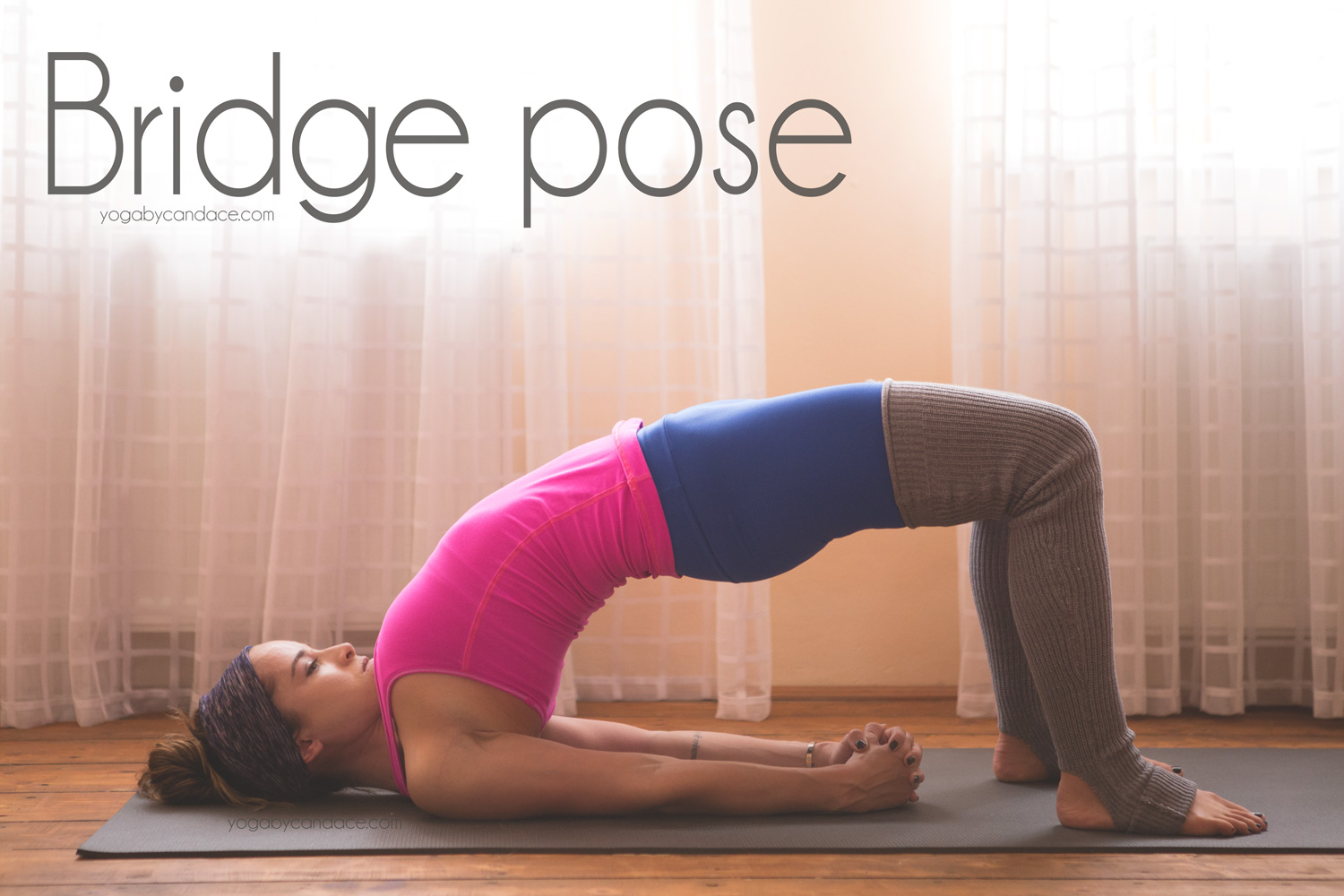
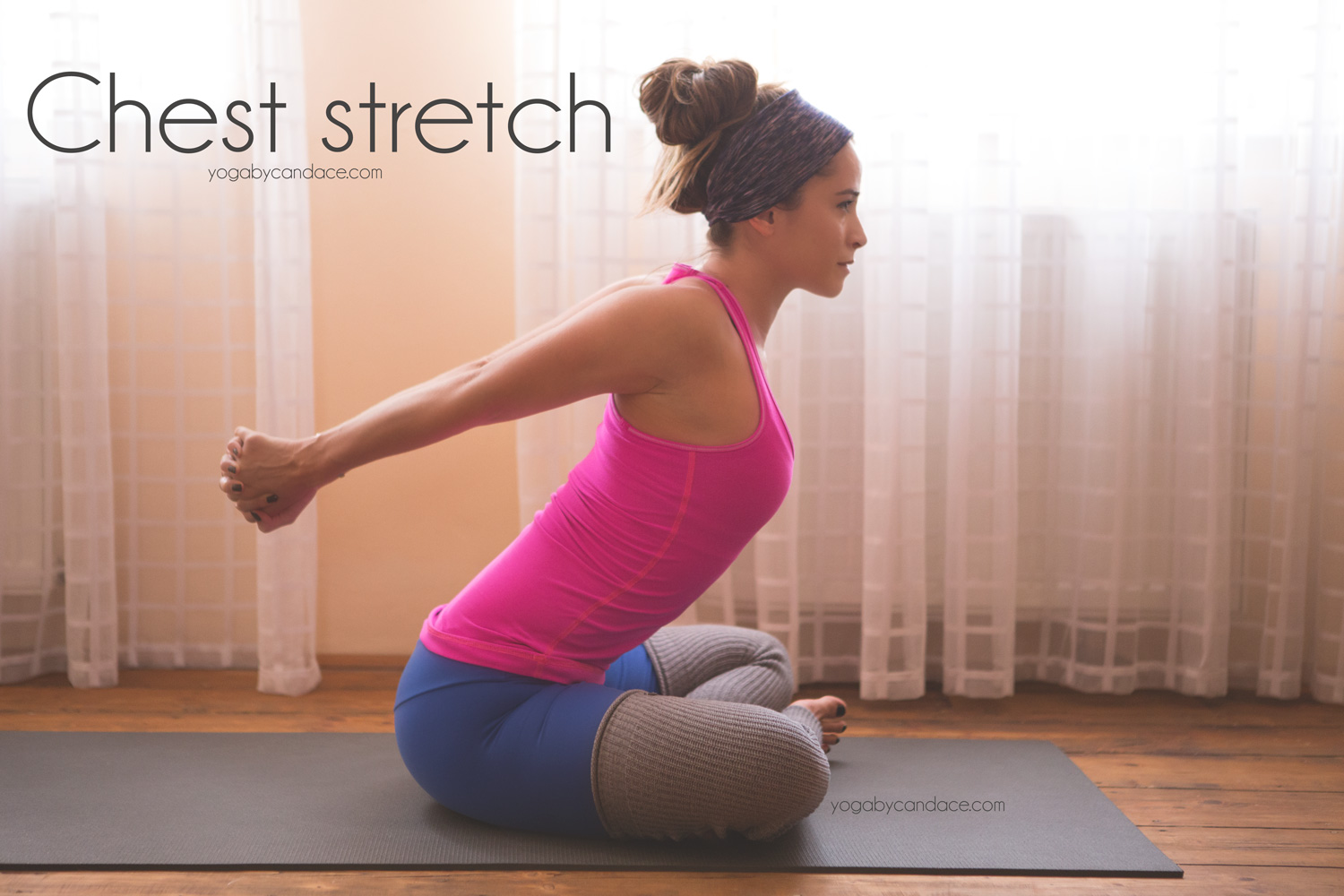

Answer 3: It likely has to do with your openness in the fronts of the shoulders and the chest. I would suggest doing these three poses above, and maybe this 15 minute yoga for chest video (and another, different one here). Weave a little more chest work into your practice and see if that helps. Breathe 5 - 7 breaths in each pose.
Related Three poses to open the chest.
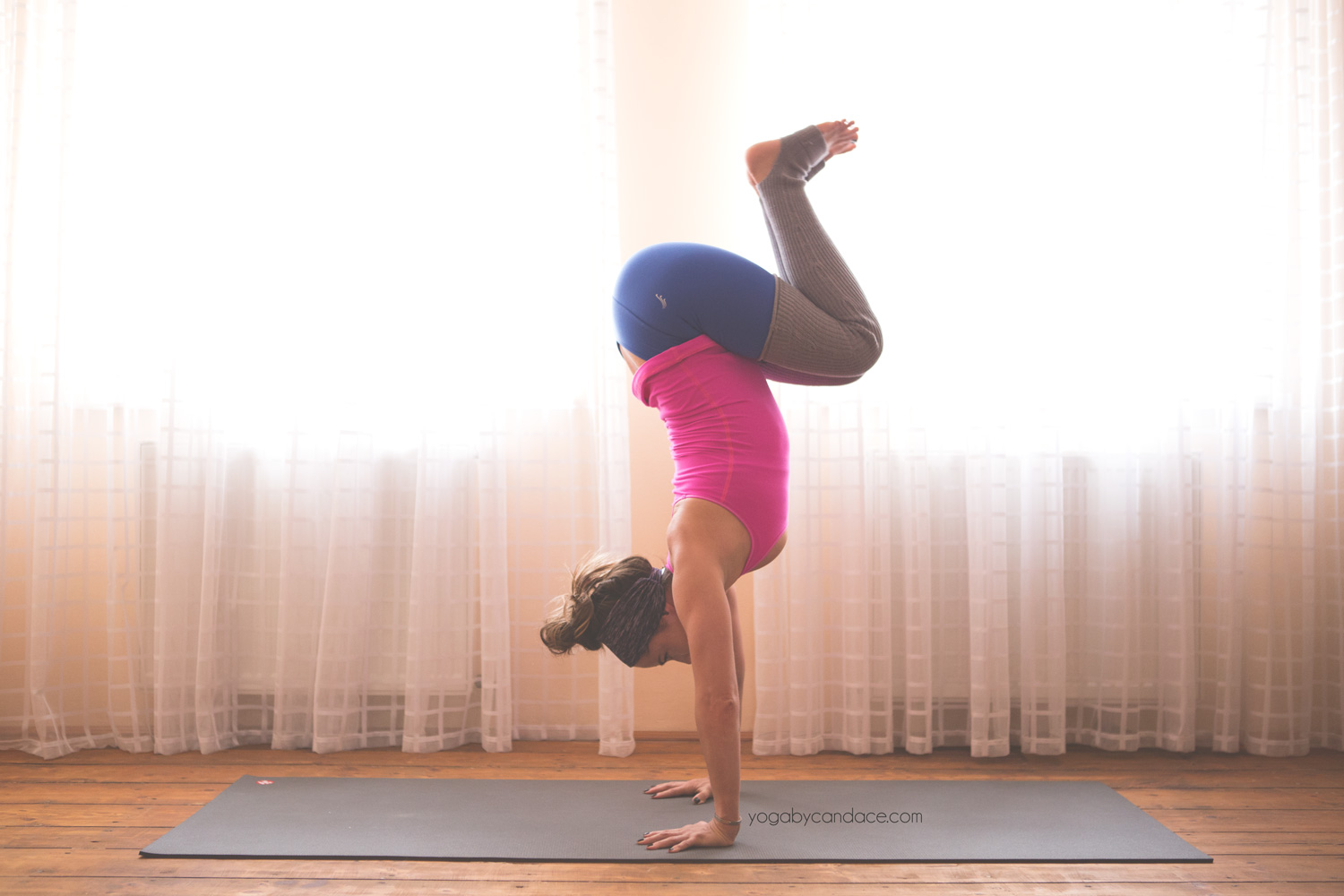
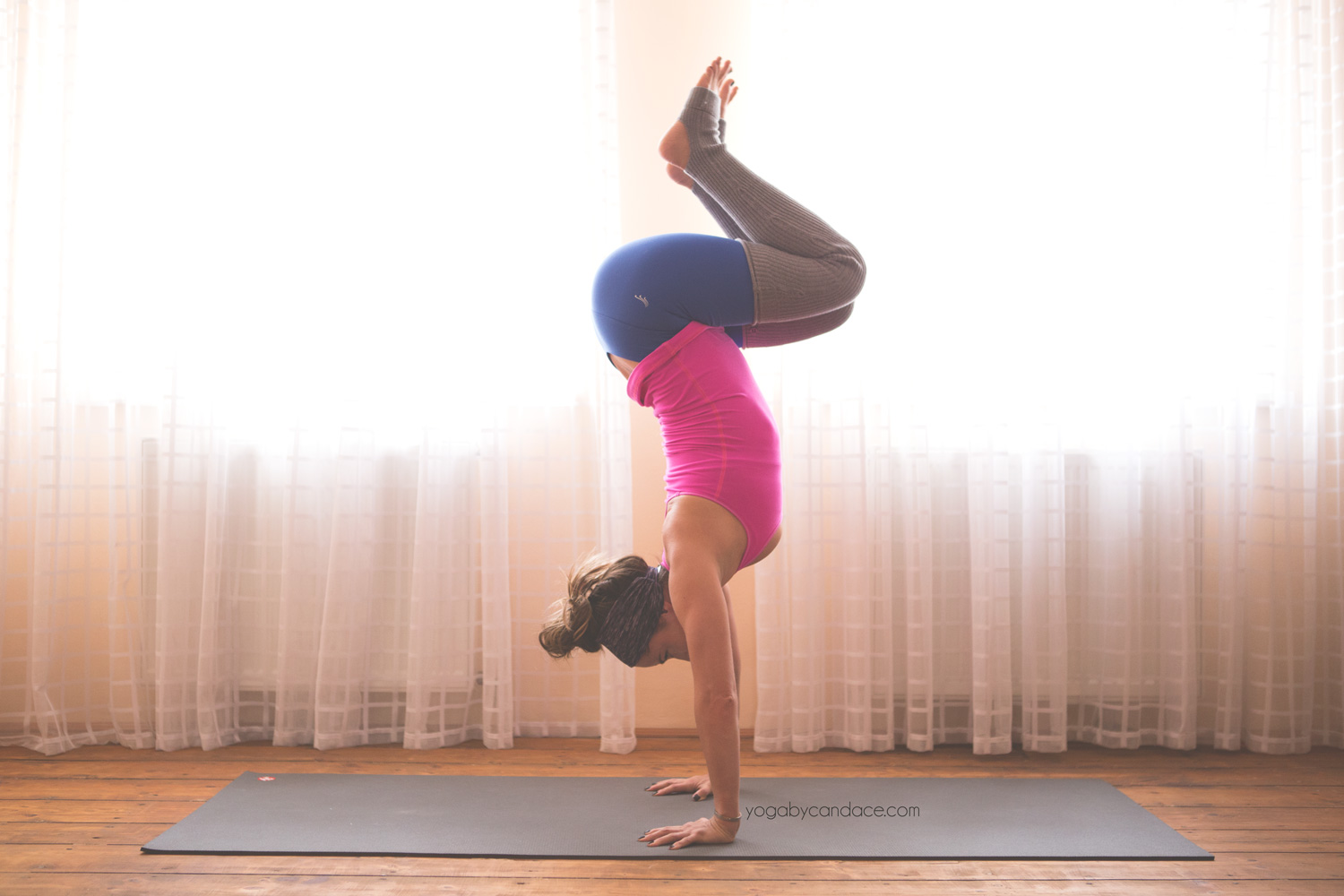
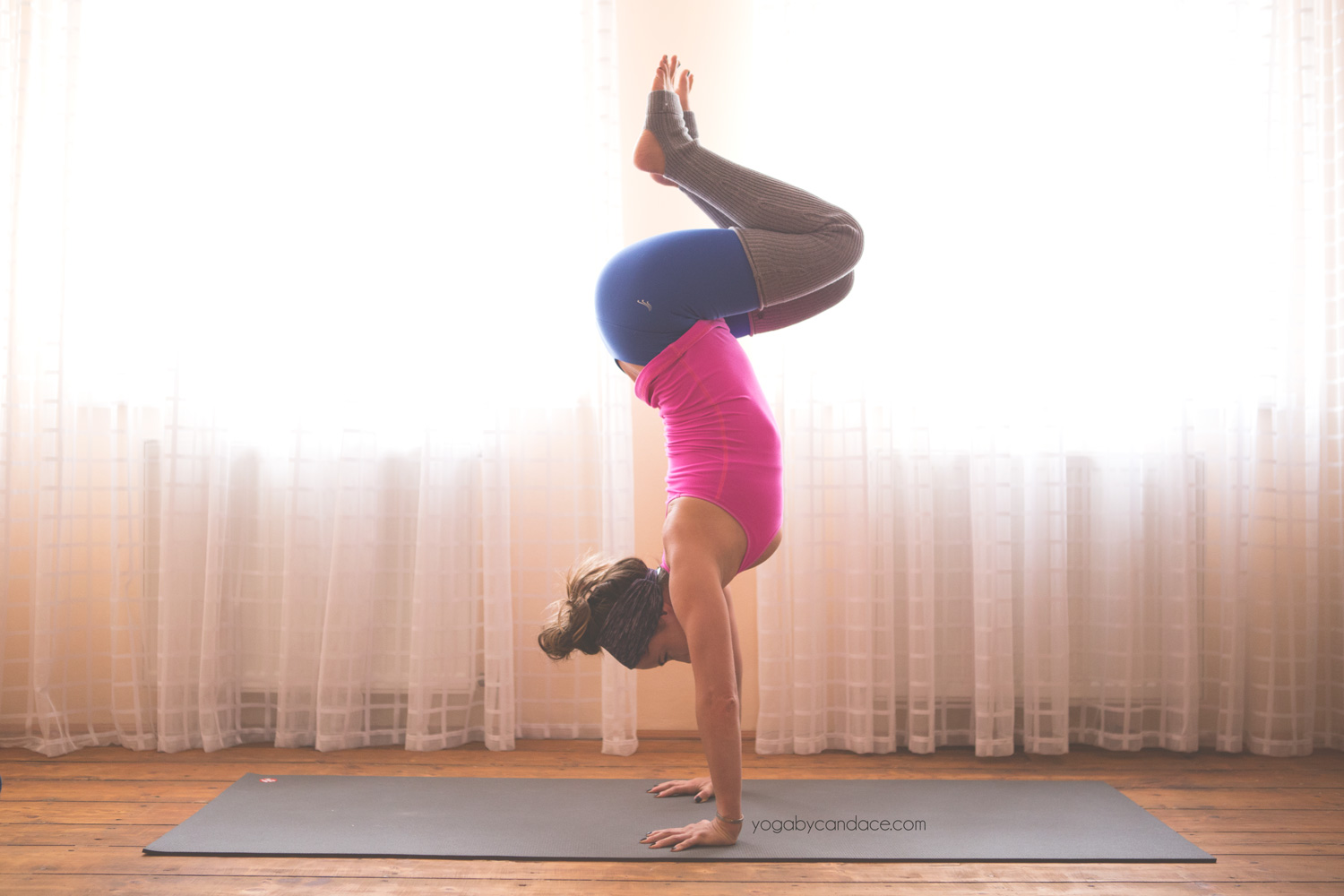
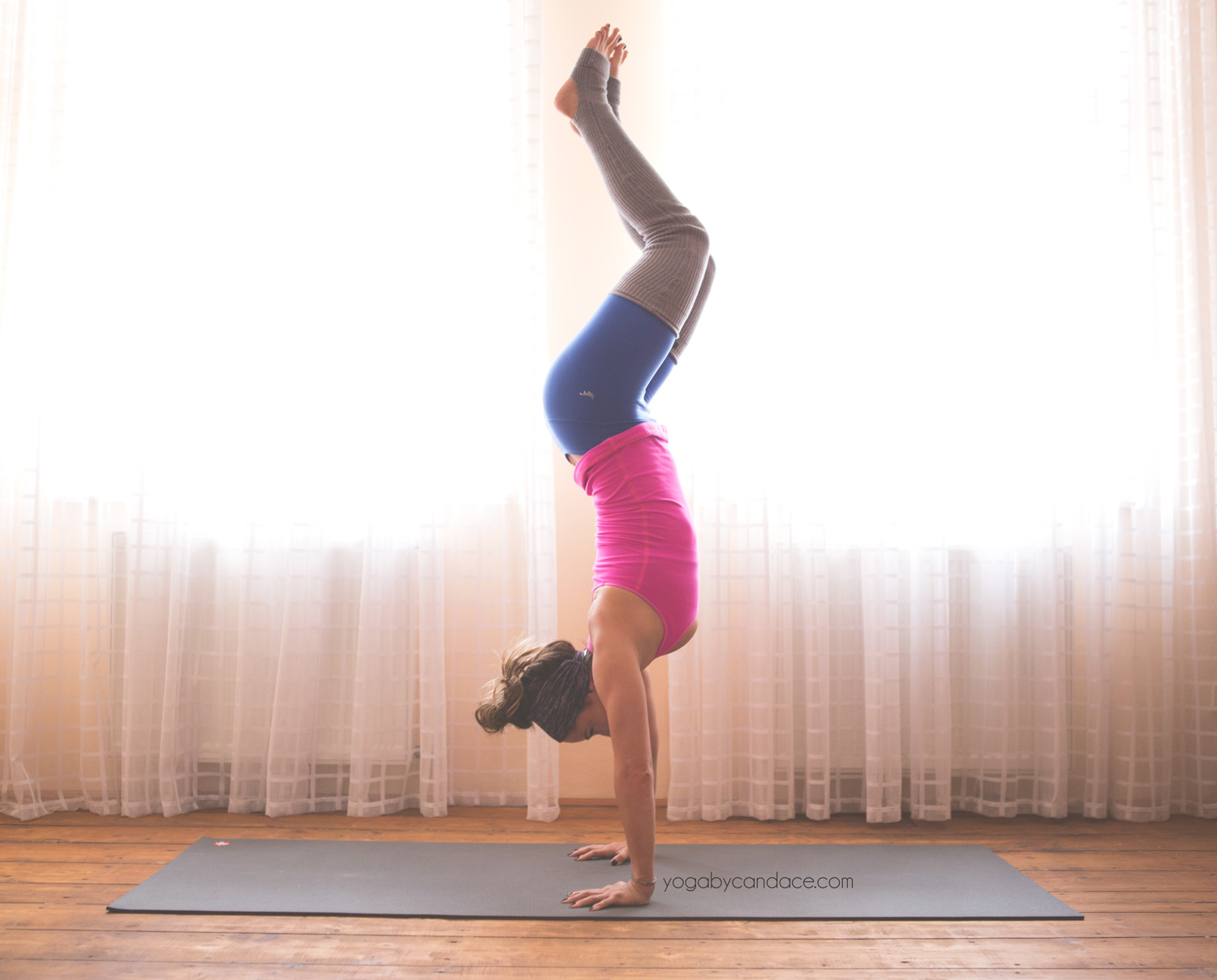
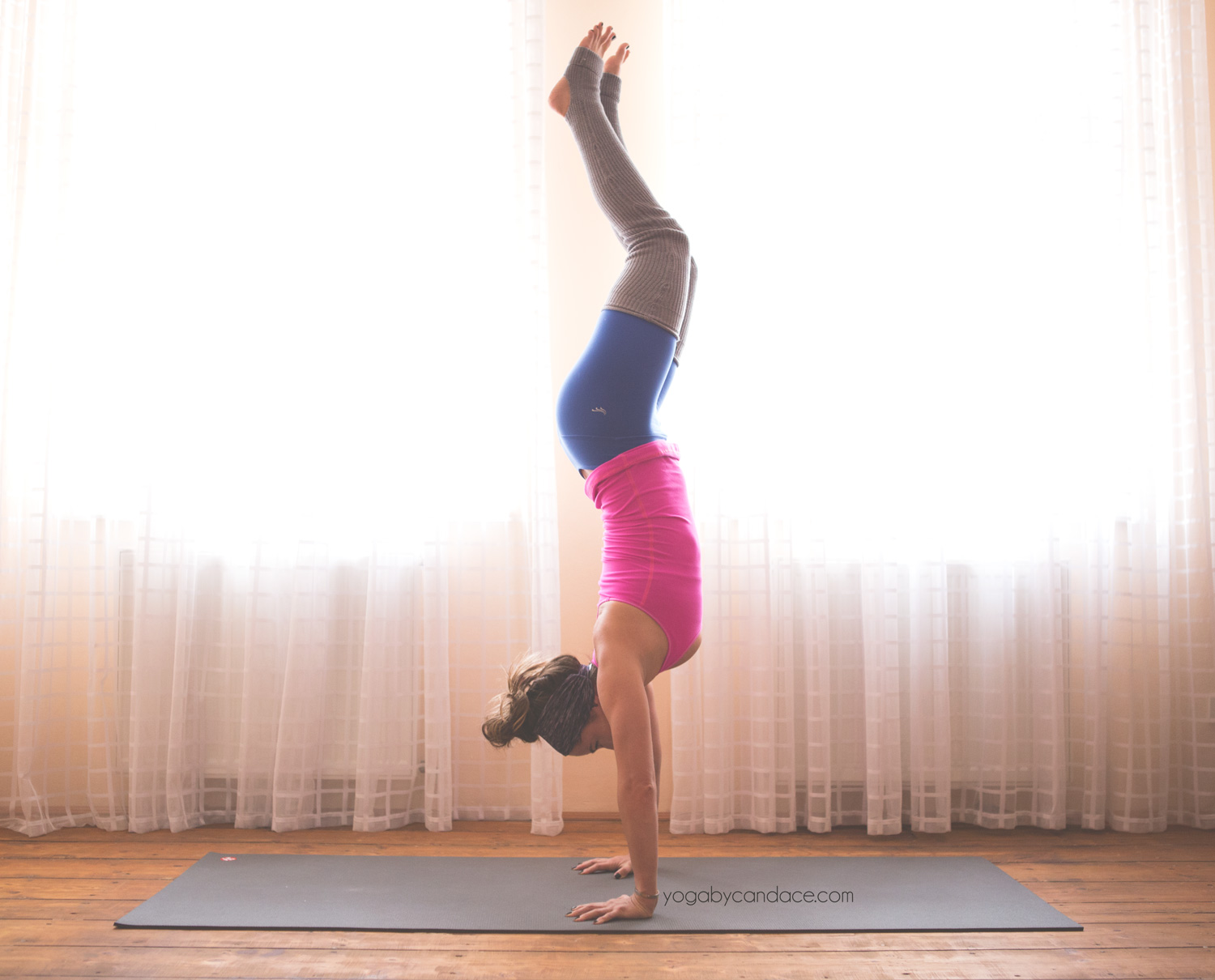
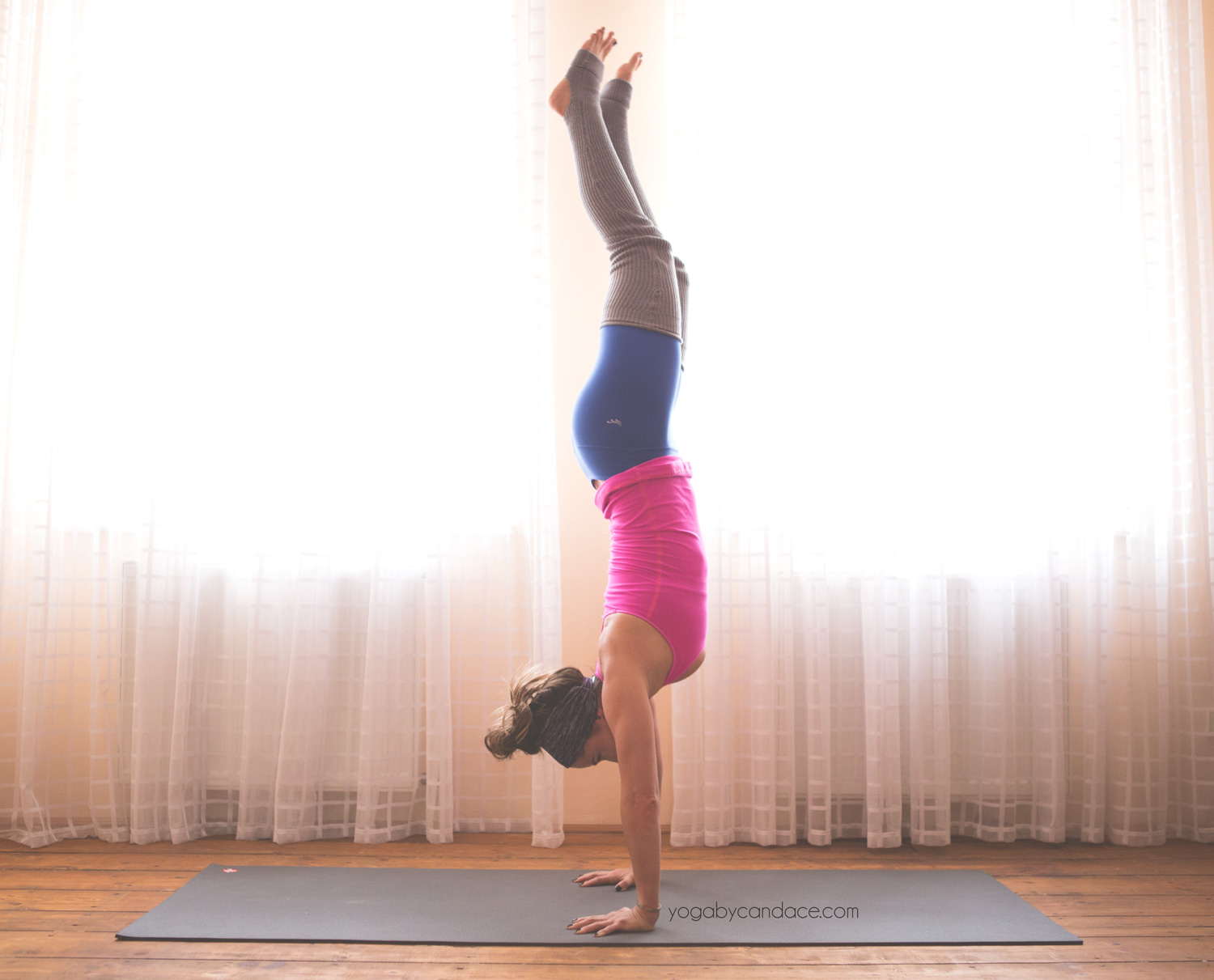
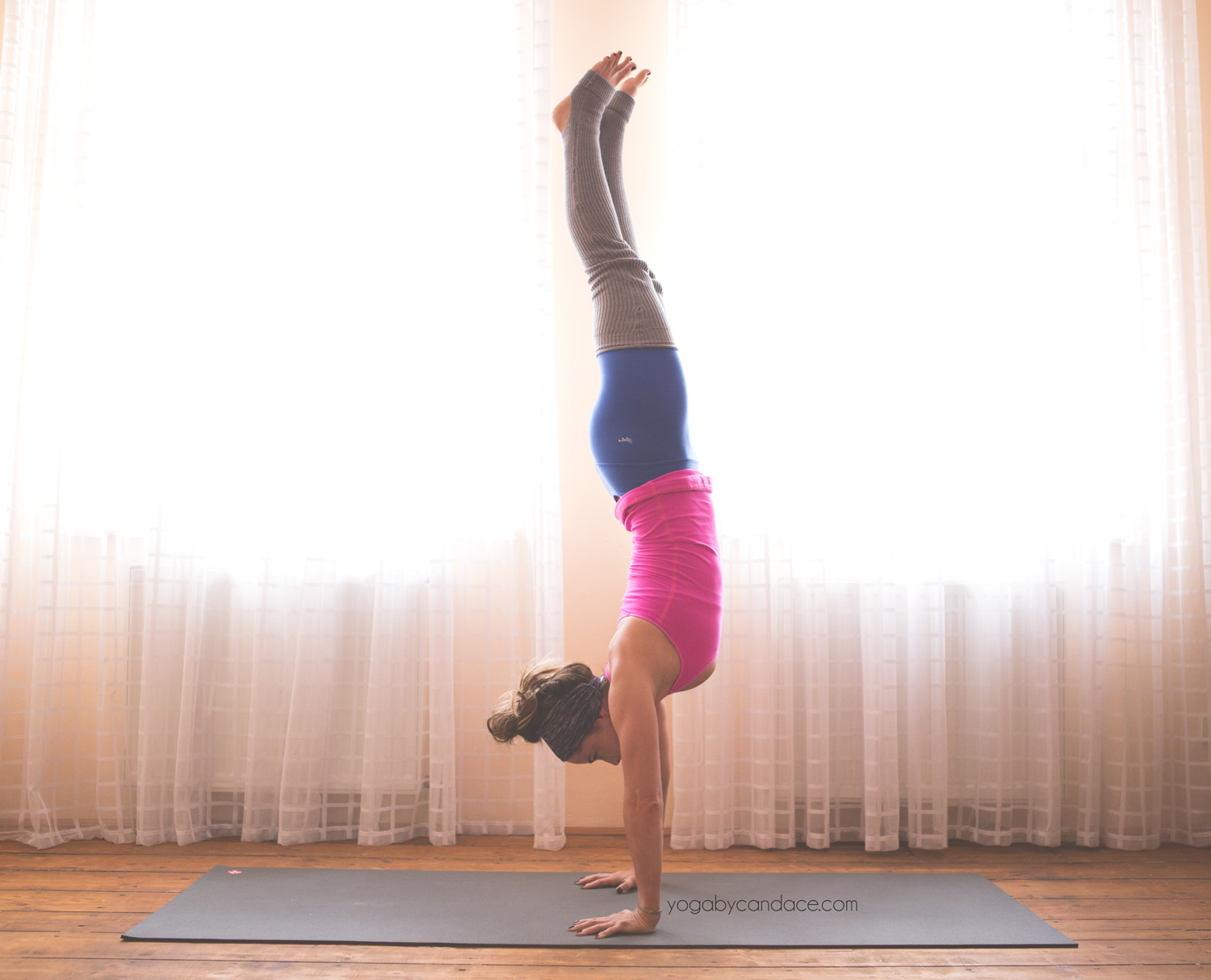
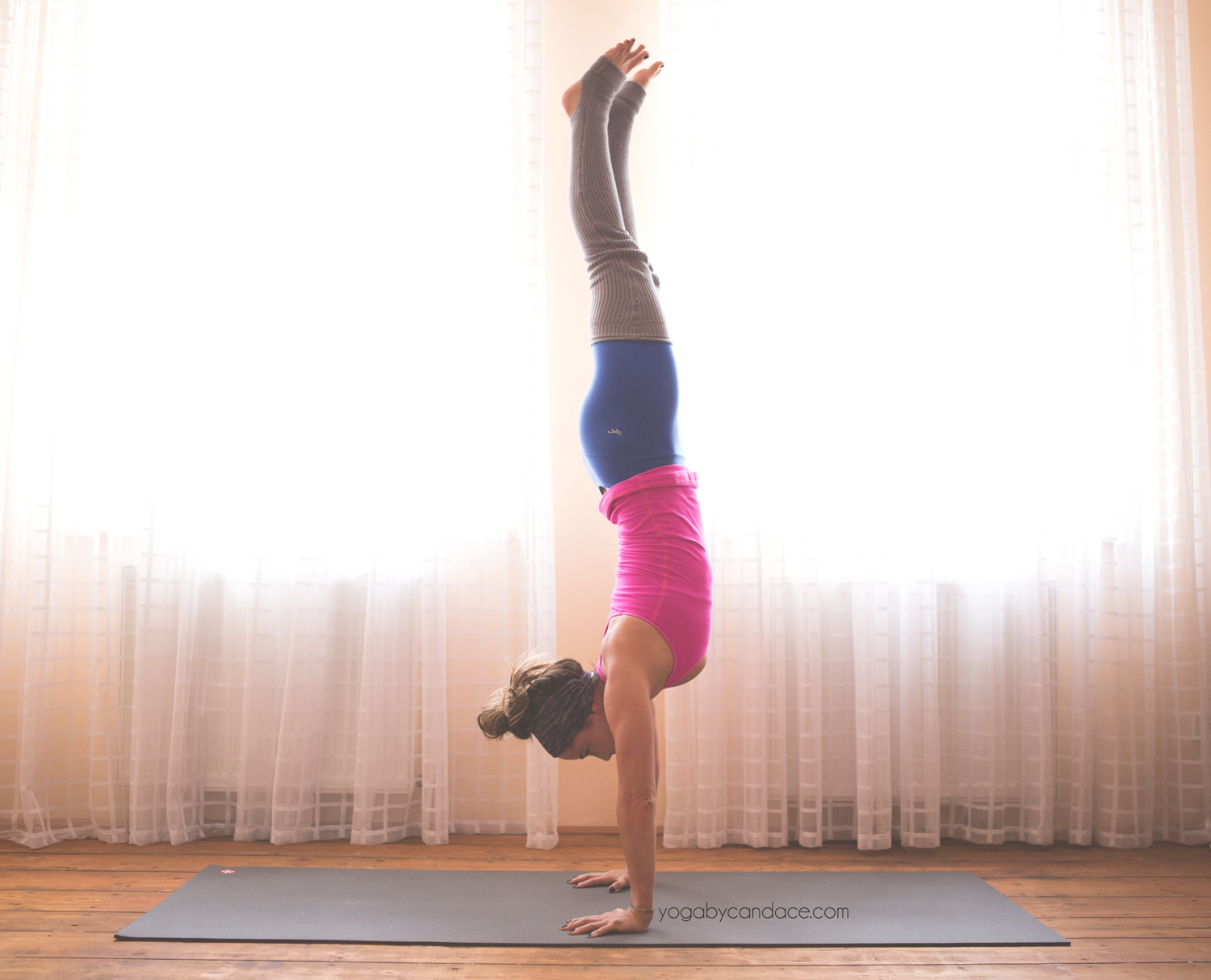
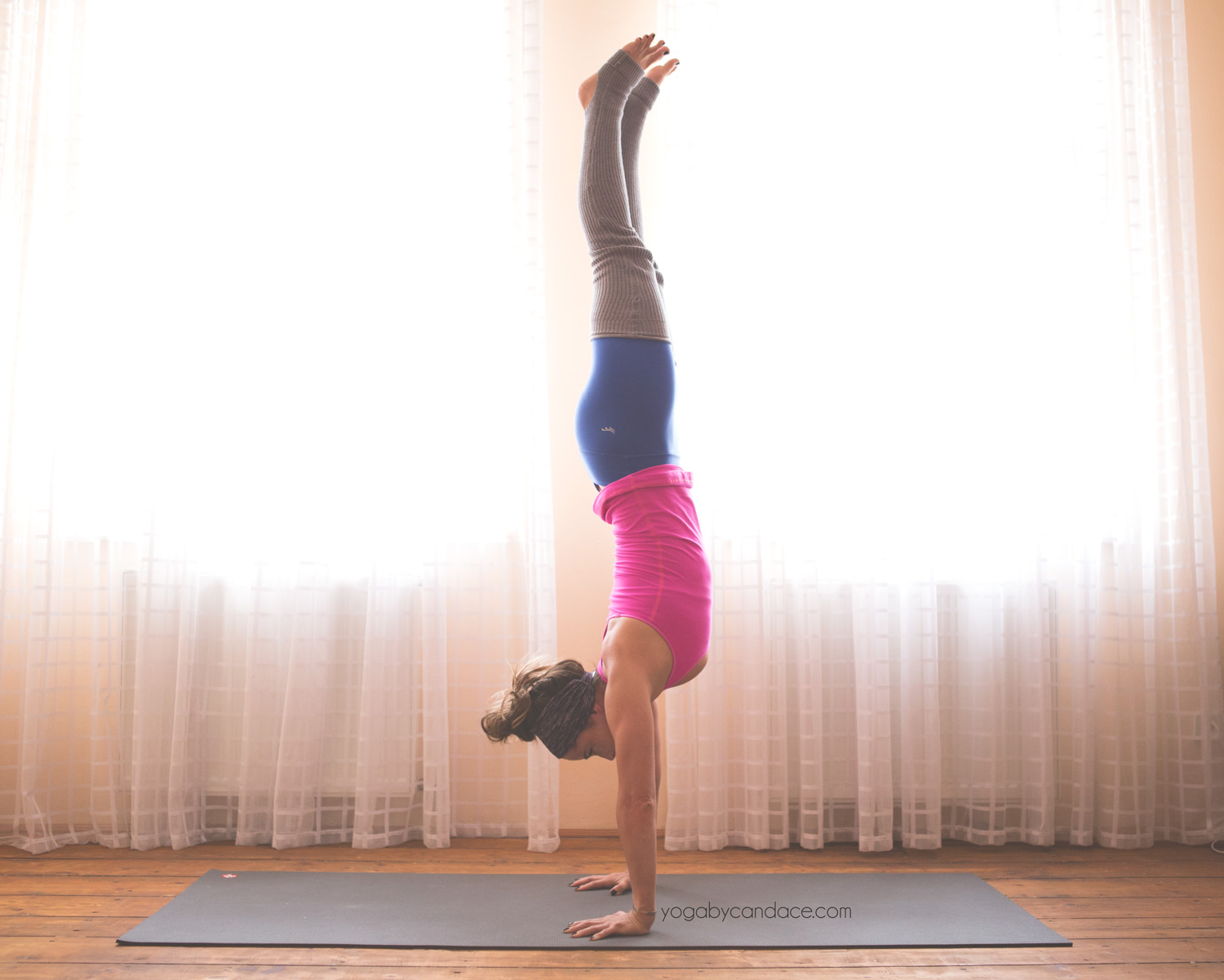
Question 4: I just recently started going upside down during yoga class. Right now I'm able to balance in a bound headstand with my knees bent, but not straight up. I am working on building strength in my core and shoulders and I progress a little each class.
I am afraid, however, of handstand. In class the instructor will ask us to put our mats against the wall and try to kick up into a handstand. I just practice my bound headstand instead, but I know I need to break out of my comfort zone. Any tips for beginners? I know the wall will keep me from falling over, but I'm afraid of collapsing or going sideways or falling onto my face!
Answer 4: I want to preface this by saying that every teacher you ask will likely give a different answer. In my opinion, there's a time and a place to work outside of your comfort zone, and you're sort of already doing that by just hanging out in headstand. Handstand takes a long time, and is a progression, in my opinion. The way I see it, jumping into headstand before you're 100% comfortable in your headstand and forearm stand is like learning to drive a stick-shift car when you've never even sat in the driver's seat before.
Your concerns are legitimate. I actually know of a teacher who broke her nose when she fell out of crow. And I don't say that to scare you, but to suggest that it might be best to take your time and work through the handstand progression. In my opinion, the progression starts with headstand.
I'd begin with working on it until you're feeling really comfortable in your headstand. Get really comfortable, not just in the full expression but when you play around. Do eagle legs and splits and just have fun with it. From there, move on to forearm stand. Work with that until you feel confident there. These two poses will build your upper body strength and core strength needed for handstand, and the "playing around" with the legs will help build your confidence for when your lower body is moving up into handstand. From there, move on to what I like to call baby handstand.
It's with the knees tucked in and the butt in the air (first few pictures above). Working this way builds strength and control, whereas when we jump with the legs extended or we kick up with V legs there's a lot going on for the beginner body to process. The legs are flailing, the core is trying to figure out how to stabilize, the pelvis doesn't know which way to tilt, the upper body is trying to stabilize and the fingers are trying to distribute the weight. It's too much, in my opinion.
So my advice is to move slowly, and take your time working your way up to handstand through the progression of other inversions first. When the teacher asks you to go against the wall and jump into handstand, you could go against the wall and work on your headstand or forearm stand instead. It's your yoga class and your yoga practice, so do what works for you. Good luck!
Related Headstand sequence.
Pin it! How to do reverse prayer pose
Question 5: I'm really tight in my neck and shoulders, so I'm trying to do some poses to open up there. I tried reverse prayer, and I'm feeling it more in the outside of my wrists below my pinky finger. What am I doing wrong? Thanks!
Answer 5: Reverse prayer is an awesome pose but it definitely is super intense for the wrists. You're likely not doing anything wrong - it just doesn't work the neck and works very little of the shoulders. Instead, check out this post which shows 8 yoga poses for neck and shoulders.


